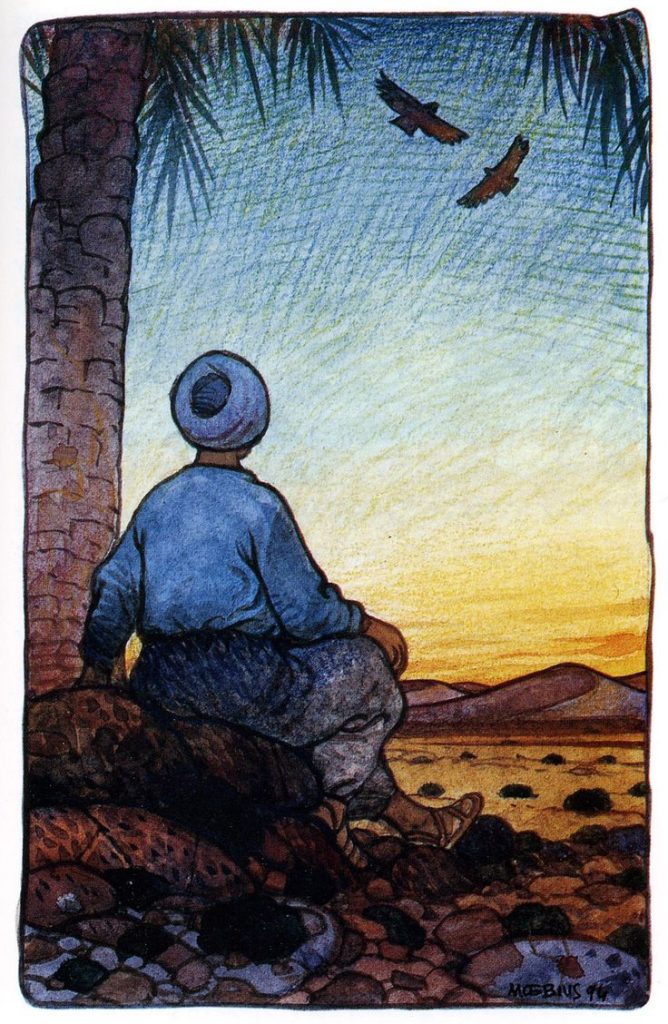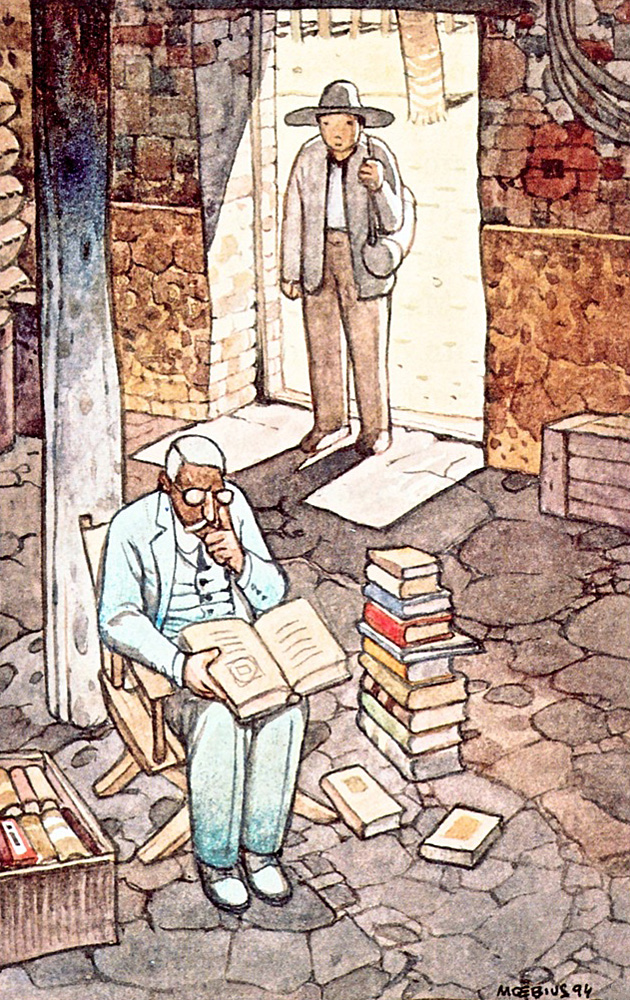“Where other transgressive figures of the past have mostly been tamed,” wrote Josh Jones in a post here last year, “[Georges] Bataille, I submit, is still quite dangerous.” You can get a sense of that in the documentary featured there, À perte de vue, which introduces the transgressive French intellectual’s life and thought, which from the 1920s to the 1960s produced books like The Solar Anus, The Hatred of Poetry, and The Tears of Eros, all part of a body of work that captivated the likes of Susan Sontag, Michel Foucault, and Jacques Derrida.
At the top of this post, you can enjoy another, straighter shot of Bataille through his 1958 appearance opposite interviewer Pierre Dumayet — the only television interview he ever did. The occasion: the publication of his book Literature and Evil, a title that, Bataille says, refers to “two opposite kinds of evil: the first one is related to the necessity of human activity going well and having the desired results, and the other consists of deliberately violating some fundamental taboos — like, for example, the taboo against murder, or against some sexual possibilities.”
Bataille’s fans expect from him a certain amount of taboo violation, though executed in a specific literary form — not just prose, but the distinctive sort of prose, whether spoken or written, brought to perfection by midcentury French intellectuals. In this ten-minute clip, Bataille elaborates on his conviction that we can’t separate literature from evil: if the former stays away from the latter, “it rapidly becomes boring.” He also gets into a discussion of Baudelaire, Kafka (“both of them knew they were on the side of evil”), Shakespeare, the importance of eroticism and childishness in literature, and the inherently anti-work nature of writing. However relevant you find Bataille’s ideas today, you have to give the man this: he never gets boring.
Related Content:
Extensive Archive of Avant-Garde & Modernist Magazines (1890–1939) Now Available Online
Jacques Lacan’s Confrontation with a Young Rebel: Classic Moment, 1972
Free Online Philosophy Courses
Download 55 Free Online Literature Courses: From Dante and Milton to Kerouac and Tolkien
Colin Marshall writes on cities, language, Asia, and men’s style. He’s at work on a book about Los Angeles, A Los Angeles Primer, and the video series The City in Cinema. Follow him on Twitter at @colinmarshall or on Facebook.







